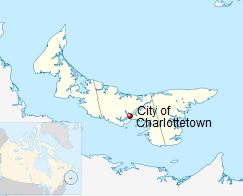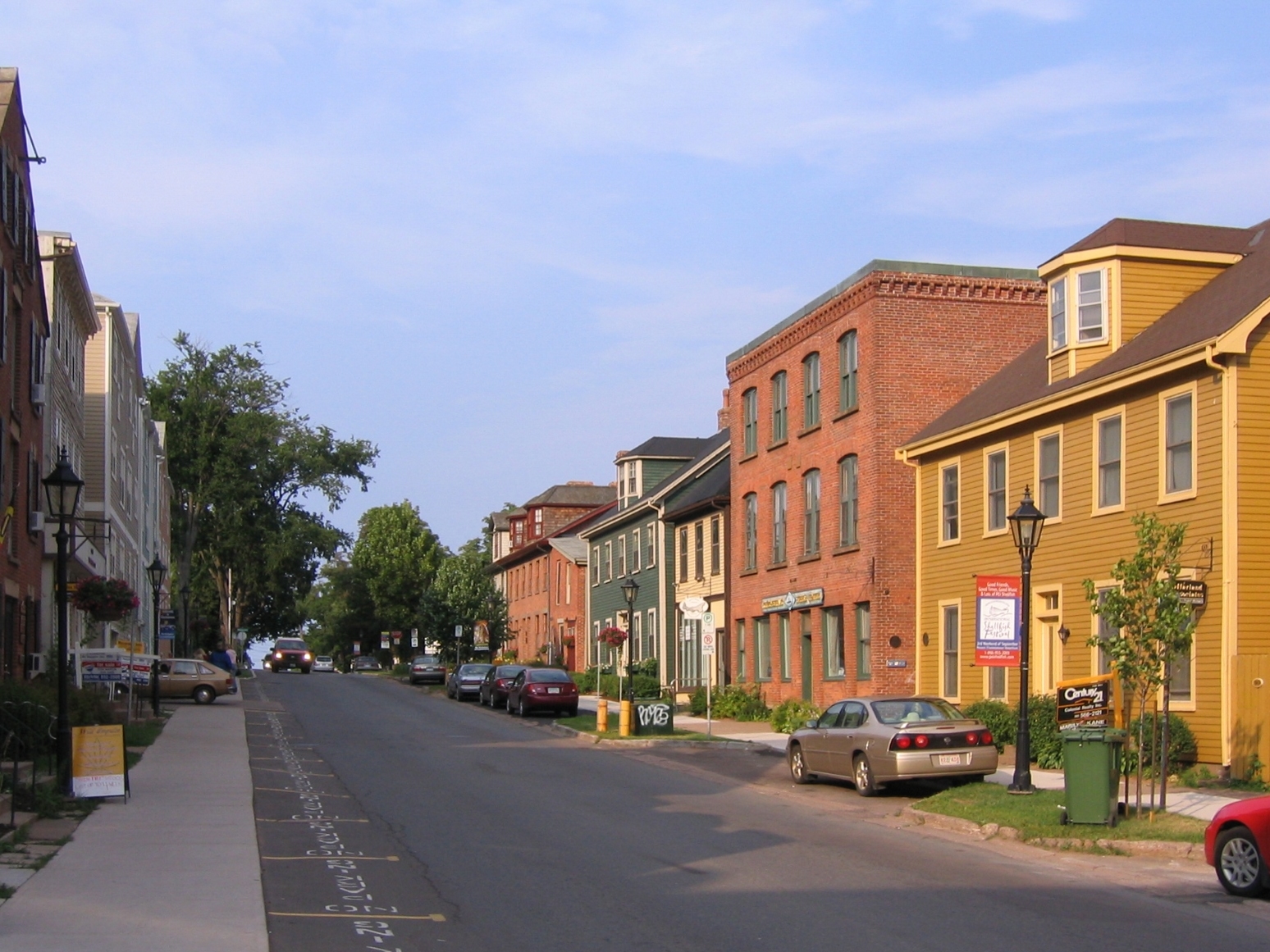- Study in AustraliaAustralian Universities/CollegesPrograms by faculty AusAustralian VisasLife in Australia
- Study In New ZealandNew Zealand UniversitiesPrograms by Faculty NZNew Zealand VisasLife in New Zealand
- Study in CanadaUniversities/Colleges in CANADAPrograms by faculty CanadaCanadian VisasLife in Canada
Charlottetown
| Charlottetown | |||
| Charlottetown is a Canadian city. It is both the largest city on and the provincial capital of Prince Edward Island, and the county seat of Queens County. Named after Queen Charlotte, the wife of George III, Charlottetown was first incorporated as a town in 1855 and designated as a city in 1885. It was most famously the site of the Charlottetown Conference in 1864, the first gathering of Canadian statesmen to debate the proposed Canadian Confederation. From this, the city adopted as its motto "Cunabula Foederis" -- "Birthplace of Confederation". | | ||
 | |||
| The population of the Charlottetown census agglomeration in the 2006 census was 58,625 slightly less than half of the province's population (135,851). Charlottetown is situated on its namesake harbour, which is formed by the confluence of three rivers in the central part of the island's south shore. The harbour itself opens onto the Northumberland Strait. The city is roughly V-shaped (pointed to the south) and constrained by the North (Yorke) and the Hillsborough (East) Rivers to the west and east. Downtown Charlottetown includes the city's historic five hundred lots, as surveyed by Captain Samuel Holland, as well as the waterfront facing the harbour and the Hillsborough River. Adjacent communities to the original downtown included Brighton, Spring Park, Sherwood and Parkdale. The areas to the west, north and east of downtown have been developed in recent decades with several residential and commercial/retail developments, although the outer regions of the city are still predominantly farmland, as is an area in the centre of the city where an Agriculture Canada experimental crop research station is located. The present-day Charlottetown landscape is dominated by urban development along the waterfront areas, suburban development to the west, north and east, as well as the airport to the north. Commercial development, aside from the central business district, is concentrated along several road corridors:
The downtown core is augmented by several feeder streets:
Charlottetown's economy is dominated by the public sector. The provincial, federal, and municipal levels of government are significant employers in the central part of Queens County, as well as healthcare and secondary and post-secondary education. Technology companies have also been increasing their share of the city's workforce in the past decade, however the actual numbers are quite small once call-centres are excluded. Other significant economic activities include light manufacturing, such as chemicals, bio-technology, and machining. The city's streetscape with a centrally planned downtown core containing many Victorian-era houses and buildings is an attraction, as well as the waterfront redevelopment project in recent decades which has seen walking trails and parks developed on former industrial lands. A new cruise ship terminal was opened by the port authority in September 2007 which, proponents hope, will make the city a more attractive destination for the growing number of vessels operating in the Gulf of St. Lawrence. Popular attractions within the city include the provincial legislature at Province House, which hosted the Charlottetown Conference, as well as Founders Hall, a recently redeveloped railway maintenance building which now houses an interactive trip through history tracing the development of Canada as a nation. The Confederation Centre of the Arts provides live theatre, including the Charlottetown Festival during the summer months, as well as a nationally ranked art gallery. The Charlottetown Festival itself is headlined by Canada's most popular and longest-running musical, Anne of Green Gables - The Musical, which is an adaptation of Island author Lucy Maud Montgomery's novel. Several other small theaters and galleries can be found immediately surrounding the Confederation center including the Mac (MacKenzie theatre), the Arts Guild, and Pilar Shepard gallery. There are 11 National Historic Sites of Canada located in Charlottetown, including Province House and the Confederation Centre of the Arts | |||
For more information, please contact one of our offices
Study in Australia | Study in the UK | Study in Malaysia | Study in Canada | Study in the USA | Study in New Zealand















